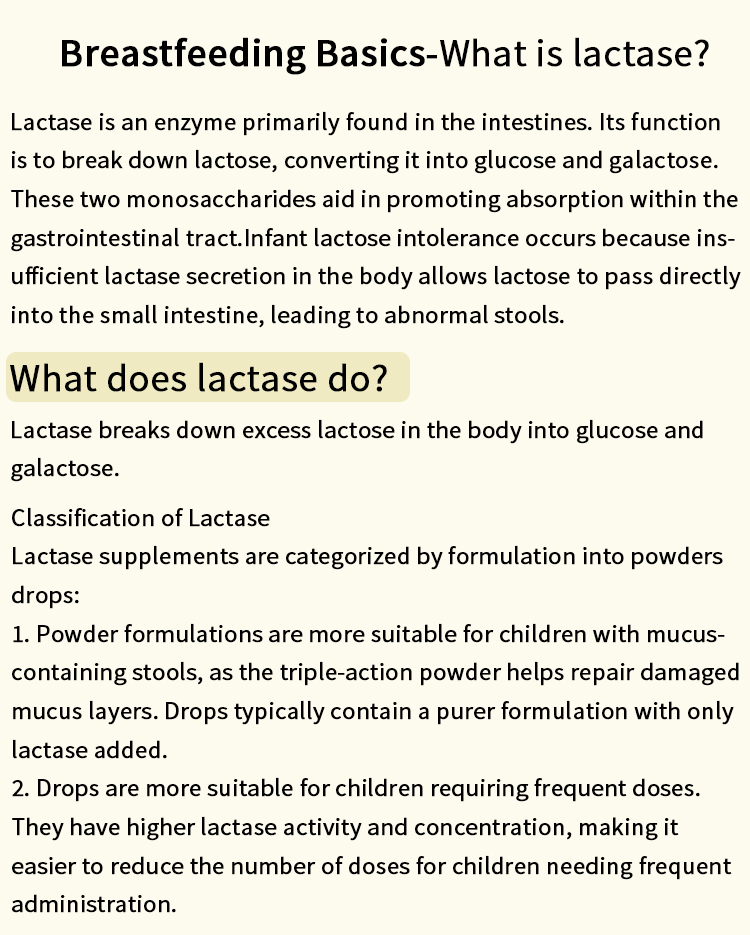In today's industrial landscape, the use of chemicals is ubiquitous, spanning various sectors from manufacturing to agriculture. While many chemicals serve essential functions, some pose significant health and environmental risks. Understanding the most common hazardous chemicals is crucial for professionals across industries, safety officers, and even consumers. This article delves into the nature, risks, and safety measures associated with these chemicals, providing a well-rounded perspective on their implications.
Understanding Hazardous Chemicals
Hazardous chemicals are substances that can cause harm to human health or the environment. They are classified based on their physical, health, and environmental hazards. The Globally Harmonized System of Classification and Labelling of Chemicals (GHS) provides a framework for identifying and communicating these hazards. Common categories include flammable substances, corrosive materials, toxic agents, and environmental hazards.
The Most Common Hazardous Chemicals
- Ammonia (NH3)
Ammonia is widely used in agriculture as a fertilizer and in various industrial processes. While it is essential for food production, exposure to high concentrations can lead to respiratory issues, skin irritation, and even severe health complications. Proper ventilation and protective equipment are crucial when handling ammonia. - Benzene (C6H6)
Benzene is a colorless liquid with a sweet odor, commonly found in petrochemical products. It is known to be carcinogenic, with long-term exposure linked to leukemia and other blood disorders. Industries that utilize benzene must implement stringent safety protocols, including regular monitoring of air quality and the use of personal protective equipment (PPE). - Formaldehyde (CH2O)
Often used in building materials and household products, formaldehyde is a colorless gas with a strong odor. It is classified as a human carcinogen and can cause respiratory problems and skin irritation. Adequate ventilation and the use of low-emission products are essential to mitigate risks associated with formaldehyde exposure. - Lead (Pb)
Lead is a heavy metal found in various industrial applications, including batteries and pigments. Chronic exposure can lead to severe health issues, particularly in children, including developmental delays and cognitive impairments. Regulations surrounding lead use have tightened, but it remains a concern in older buildings and certain imported products. - Asbestos
Once widely used for its fire-resistant properties, asbestos is now known to cause serious respiratory diseases, including mesothelioma and asbestosis. The use of asbestos is heavily regulated in many countries, but it still poses a risk in older structures. Proper removal and disposal by certified professionals are critical to preventing exposure.
Health and Environmental Impacts
The health impacts of hazardous chemicals can be acute or chronic, depending on the level and duration of exposure. Acute exposure may result in immediate symptoms such as headaches, dizziness, or skin irritation, while chronic exposure can lead to long-term health issues, including cancer, respiratory diseases, and neurological disorders.
Environmental impacts are equally concerning. Many hazardous chemicals can contaminate soil and water, affecting ecosystems and human health. For instance, runoff from agricultural fields treated with ammonia-based fertilizers can lead to nutrient pollution in water bodies, causing algal blooms that deplete oxygen levels and harm aquatic life.
Safety Measures and Best Practices
To mitigate the risks associated with hazardous chemicals, several best practices should be adopted:
- Risk Assessment: Conduct thorough risk assessments to identify potential hazards in the workplace and implement appropriate control measures.
- Training and Education: Regular training sessions for employees on the safe handling and storage of hazardous chemicals are essential. This includes understanding Material Safety Data Sheets (MSDS) and emergency response procedures.
- Personal Protective Equipment (PPE): Ensure that employees have access to and are trained in the use of appropriate PPE, such as gloves, goggles, and respirators.
- Proper Storage and Disposal: Chemicals should be stored according to their compatibility and labeled clearly. Disposal should follow local regulations to prevent environmental contamination.
- Emergency Preparedness: Establish and regularly update emergency response plans, including spill response and evacuation procedures.
Conclusion
Understanding the most common hazardous chemicals and their associated risks is vital for ensuring workplace safety and protecting public health. By implementing robust safety measures and fostering a culture of awareness, industries can minimize the dangers posed by these substances. As we continue to navigate the complexities of chemical use in various sectors, ongoing education and vigilance remain paramount in safeguarding both people and the environment.





+ There are no comments
Add yours